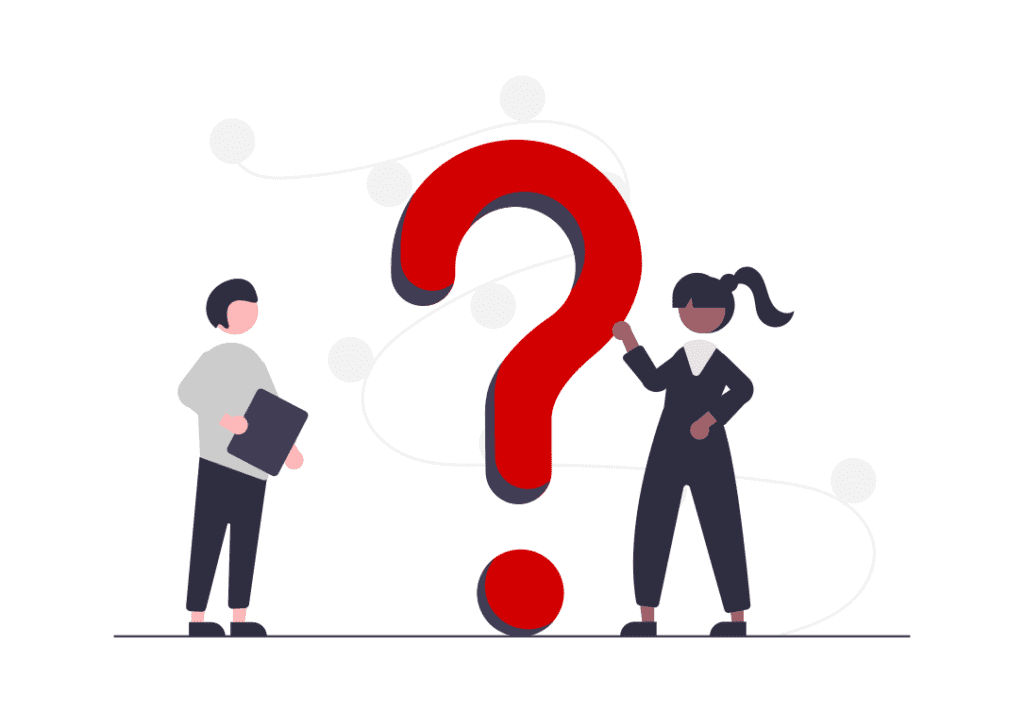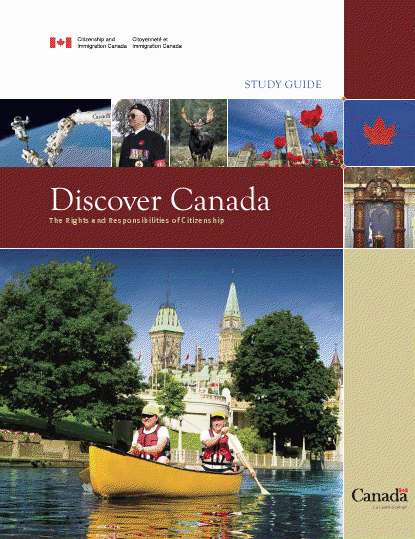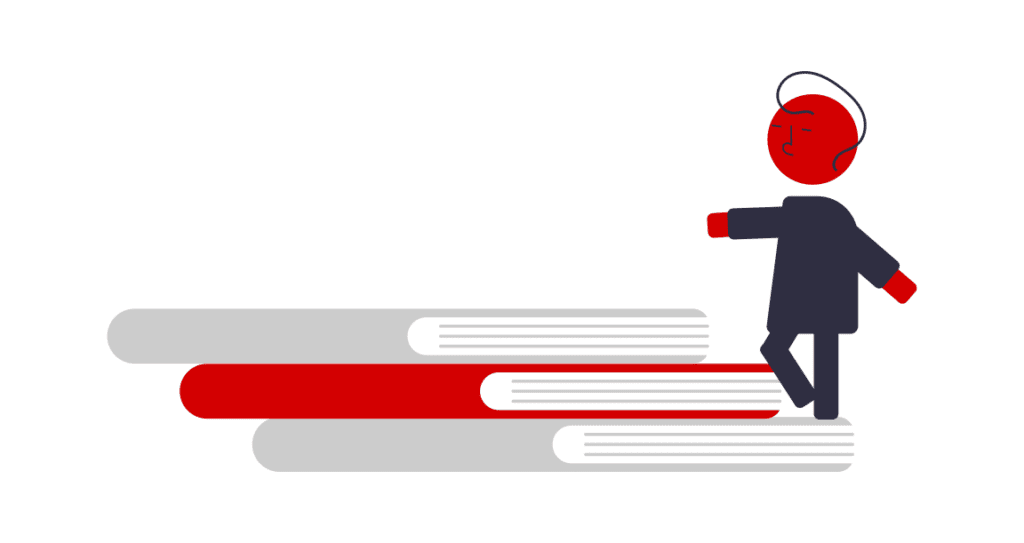Free Canadian Citizenship Practice Test Online 2025
Canadian Citizenship Practice Test
Try our free online practice tests. Our website is designed to help you prepare for and pass your Citizenship Test
Paid Canadian Citizenship Practice Test Online 2025
Due to high Cost of Running this Website for Free for Past 5 Years without making sustainable money we decided to have a subscription model. This is very hard decision because the founder always believe in free education. Sorry of the inconvenience hope our reader will help. We promise if well reach our goal will we remove the pay wall.
How to Prepare for the Canadian Citizenship Test with the Free Practice Test
To prepare for the Canadian Citizenship Test using free practice tests, start by understanding the test structure, which includes 20 multiple-choice questions covering Canadian rights and responsibilities, history, the political system, geography, symbols, and holidays. You have 30 minutes to complete the test and need 15 correct answers to pass.
What Is the Format of the Canadian Citizenship Test?
The Canadian Citizenship Test consists of 20 multiple-choice and true/false questions. You need to answer at least 15 questions correctly to pass. The test must be completed within 30 minutes. It covers various topics, including the rights and responsibilities of Canadians, Canadian history, the political system, physical and political geography, and Canadian symbols, holidays, and cultural practices. The test is available in both English and French. It assesses your knowledge of Canada and your ability to integrate into Canadian society.
- Type of Test: Multiple-choice and true/false questions.
- Number of Questions: 20 questions.
- Passing Requirement: At least 15 correct answers out of 20.
- Time Limit: 30 minutes to complete the test
- Topics Covered: Rights and responsibilities of Canadians Canadian history Canadian political system Canadian physical and political geography Canadian symbols, holidays, and cultural practices
- Language: The test is available in both English and French.

Discover Canada – The Rights and Responsibilities of Citizenship

Discover Canada: The Rights and Responsibilities of Citizenship is used by newcomers to study for the citizenship test. It also contains information about the history of Canada, how our government works, symbols of Canada and its regions.
History of Canada
- Indigenous Peoples: Information about the First Nations, Inuit, and Métis peoples.
- French and British Colonies: The history of French and British exploration and settlement.
- Confederation: The process leading to the formation of Canada as a country in 1867.
- Modern History: Key events and figures in Canada’s development through the 20th century to the present.
Symbols of Canada
- The Maple Leaf: Canada’s national emblem.
- The Beaver: A symbol of the fur trade and Canada’s natural resources.
- The Canadian Flag and the Coat of Arms: Their significance and history.
- The National Anthem: “O Canada.”
Canada’s Government
- Parliamentary Democracy and Constitutional Monarchy: The structure of government, including the roles of the Monarch, Governor General, Prime Minister, and Parliament.
- Federal, Provincial, and Territorial Governments: The division of powers and responsibilities.
- Electoral System: How elections are conducted, including the role of Members of Parliament and Senators.
Rights and Responsibilities of Citizenship
- Rights: Fundamental freedoms, democratic rights, mobility rights, legal rights, equality rights, official languages rights, and minority language education rights.
- Responsibilities: Obeying the law, taking responsibility for oneself and one’s family, serving on a jury, voting in elections, helping others in the community, and protecting Canada’s heritage and environment.
Economy and Regions of Canada
- Natural Resources and Industries: The economic activities of various regions.
- Regional Diversity: An overview of Canada’s geographic regions, including the Atlantic Provinces, Central Canada, the Prairie Provinces, the West Coast, and the Northern Territories.
Canadian Identity and Society
- Multiculturalism: Canada’s policy of cultural diversity and inclusion.
- Arts and Sports: Contributions to global arts and sports, including notable figures and achievements.
Study Tips for the Citizenship Test:
- Read and Review: Thoroughly read the “Discover Canada” guide.
- Practice Tests: Take practice tests to familiarize yourself with the format and types of questions.
- Understand Key Concepts: Focus on understanding important historical events, government structure, rights and responsibilities, and cultural symbols.
- Language Skills: Ensure proficiency in English or French, as the test is administered in these languages.

Guide to Taking Your Canadian Citizenship Test Online
the Government of Canada allows applicants to take the citizenship test online, a change initially implemented due to the COVID-19 pandemic. Here are the steps and considerations for taking the online citizenship test
Steps to Take the Online Citizenship Test
Receive an Invitation:
- You will receive an email from Immigration, Refugees and Citizenship Canada (IRCC) inviting you to take the test online. This email will include detailed instructions and a link to the test portal.
- Ensure your email address is up to date with IRCC to avoid missing the invitation.
Prepare Your Documents:
- Have your unique client identifier (UCI) and other identification documents ready.
- Ensure you have access to a reliable internet connection, a computer, and a webcam. The test requires a stable connection to avoid interruptions.
Access the Test Portal:
- Log in to the test portal using the information provided in the invitation email.
- You will have a limited time window (usually 21 days) from the date of the email to complete the test.
Identity Verification:
- Before starting the test, you will need to verify your identity using the provided documents.
- You may need to take a photo of yourself with your ID to ensure your identity matches the records.
Take the Test:
- The test consists of 20 multiple-choice questions covering material from the “Discover Canada” guide.
- You have 30 minutes to complete the test.
- Questions cover Canadian history, values, institutions, and symbols, as well as rights and responsibilities of citizenship.
Submit Your Test:
- After completing the test, submit your answers through the portal.
- You will receive your results via email. Passing the test is required to proceed with your citizenship application.
Considerations and Tips
- Test Environment: Ensure you are in a quiet, well-lit room free from distractions. This will help you focus and avoid any issues with identity verification through the webcam.
- Technical Requirements: Check that your computer and internet connection meet the technical requirements specified by IRCC. Using a wired internet connection can help maintain stability.
- Preparation: Study thoroughly using the “Discover Canada” guide. Practice tests can help you become familiar with the format and types of questions.
- Support: If you encounter technical issues or have questions about the process, IRCC provides contact information for support.
Post-Test Process
- Results Notification: You will receive your test results by email. If you pass, you will be informed about the next steps in your citizenship application process.
- Retaking the Test: If you do not pass the test, you may be invited to retake it. Ensure you review the material thoroughly before attempting the test again.
For the most current information and updates, always refer to the official IRCC website.

Sample Questions for the Canadian Citizenship Test
The Canadian citizenship test assesses your knowledge of Canada’s history, geography, political system, values, and symbols, as outlined in the “Discover Canada” study guide. Here are some examples of the types of questions you might encounter:
1. Canadian History
Indigenous Peoples: Who are the First Nations, Inuit, and Métis?
- Example: “Who are the Indigenous peoples of Canada?”
- Answer: The First Nations, Inuit, and Métis.
Confederation: When did Canada become a country?
- Example: “In what year did Canada become a country?”
- Answer: 1867.
2. Symbols of Canada
National Flag: What is the significance of the maple leaf?
- Example: “What does the maple leaf on the Canadian flag symbolize?”
- Answer: It represents Canada’s identity and heritage.
National Anthem: What is the title of Canada’s national anthem?
- Example: “What is the title of Canada’s national anthem?”
- Answer: “O Canada.”
3. Government and Political System
Structure: What is the role of the Prime Minister?
- Example: “What is the role of the Prime Minister in Canada?”
- Answer: The Prime Minister is the head of government.
Parliament: What are the two houses of Parliament?
- Example: “What are the two houses of Canada’s Parliament?”
- Answer: The House of Commons and the Senate.
4. Rights and Responsibilities
Charter of Rights and Freedoms: What are some fundamental freedoms protected by the Charter?
- Example: “Name two fundamental freedoms protected by the Canadian Charter of Rights and Freedoms.”
- Answer: Freedom of speech and freedom of religion.
Responsibilities: What are some responsibilities of Canadian citizens?
- Example: “Name one responsibility of Canadian citizens.”
- Answer: Obeying the law.
5. Geography and Economy
Regions: What are the Atlantic Provinces?
- Example: “Which provinces are part of the Atlantic region of Canada?”
- Answer: Newfoundland and Labrador, Prince Edward Island, Nova Scotia, and New Brunswick.
Natural Resources: What is a major natural resource in Canada?
- Example: “What is one major natural resource found in Canada?”
- Answer: Timber or oil.
6. Culture and Society
Multiculturalism: What does Canada’s policy of multiculturalism mean?
- Example: “What is the significance of multiculturalism in Canada?”
- Answer: It means that Canada values and respects the diversity of its citizens.
Sports and Arts: Who is a famous Canadian athlete or artist?
- Example: “Name a famous Canadian athlete or artist.”
History:
“Who was the first Prime Minister of Canada?”
Answer: Sir John A. Macdonald.
Symbols: “What is the capital city of Canada?”
Answer: Ottawa.
Government: “What is the highest court in Canada?”
Answer: The Supreme Court of Canada.
Rights and Responsibilities: “What does the right to ‘habeas corpus’ mean?”
Answer: It means that a person cannot be held in prison without being charged with a specific crime.
Geography: “Which province is the largest by area?”
Answer: Quebec.
Tips for Answering Questions
Read Carefully: Make sure to read each question carefully and understand what is being asked before choosing your answer.
Eliminate Wrong Answers: If you are unsure, try to eliminate the obviously incorrect answers first.
Manage Your Time: Keep an eye on the time, ensuring you have enough to review your answers if needed.
By familiarizing yourself with these types of questions and thoroughly studying the “Discover Canada” guide, you’ll be well-prepared for the Canadian citizenship test.
FAQ: Canadian Citizenship Test
The Canadian citizenship test assesses your knowledge of Canada’s history, values, institutions, and symbols. It is required for most applicants aged 18 to 54 applying for Canadian citizenship.
The test covers Canadian history, geography, government, laws, symbols, and the rights and responsibilities of citizenship, based on the “Discover Canada” study guide.
The test consists of 20 multiple-choice questions.
You must answer at least 15 out of 20 questions correctly to pass.
You have 30 minutes to complete the test.
Yes, the test is available in both of Canada’s official languages: English and French.
Study the “Discover Canada” guide thoroughly, take practice tests, attend citizenship classes, and use study aids like flashcards and mobile apps.
Yes, the test can be taken online. You will receive an email invitation with instructions and a link to the test portal.
You need a reliable internet connection, a computer with a webcam, and a quiet, well-lit environment to take the test.
You will need your unique client identifier (UCI) and other identification documents for verification.
If you do not pass the test, you will be invited to retake it. Ensure you review the material thoroughly before attempting the test again.
If you pass the test, you will be informed about the next steps in your citizenship application process, which may include an interview and the citizenship ceremony.
Yes, you can reschedule your test if you are unable to attend the scheduled date. Follow the instructions provided in your test invitation to reschedule.
Contact the support team as instructed in your test invitation email. They will assist you in resolving technical issues.
You typically have 21 days from the date of the invitation email to complete the online test.
Yes, applicants under 18 or over 54 years old at the time of their application are exempt from taking the test.
There is no separate fee for the test itself. The fee you pay when you submit your citizenship application covers the cost of the test.
Questions will be multiple-choice and will cover topics such as Canadian history, symbols, government, geography, and the rights and responsibilities of citizens.
The “Discover Canada” study guide is available for free on the Government of Canada’s website in various formats, including PDF and audio.
Bring your test invitation letter, two pieces of personal identification, and any other documents specified in your invitation letter.
Before trying our test we recommend you read Study Guide – Discover Canada once and try our test. It will help you understand better and do well on our Practice Quiz
